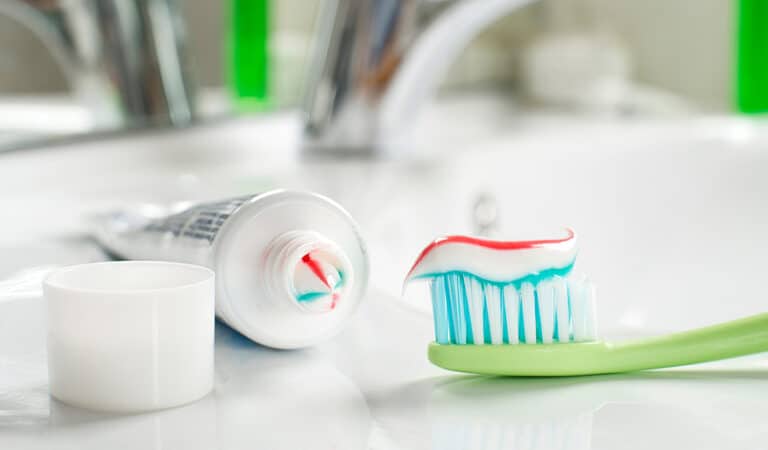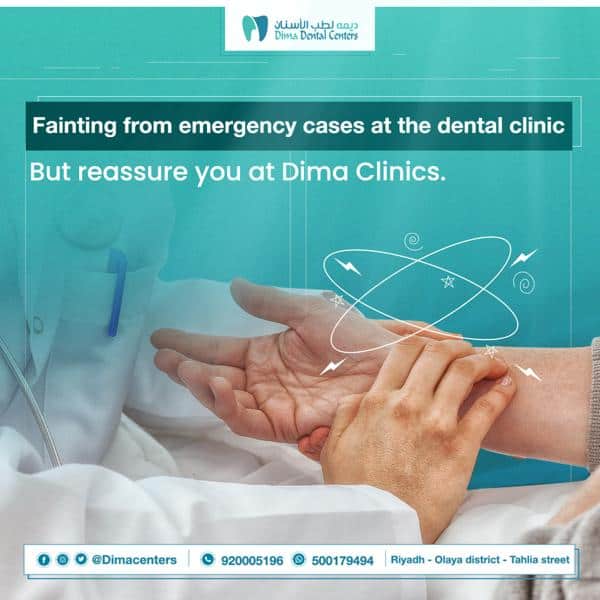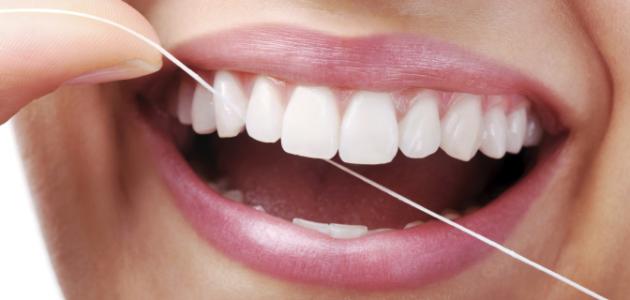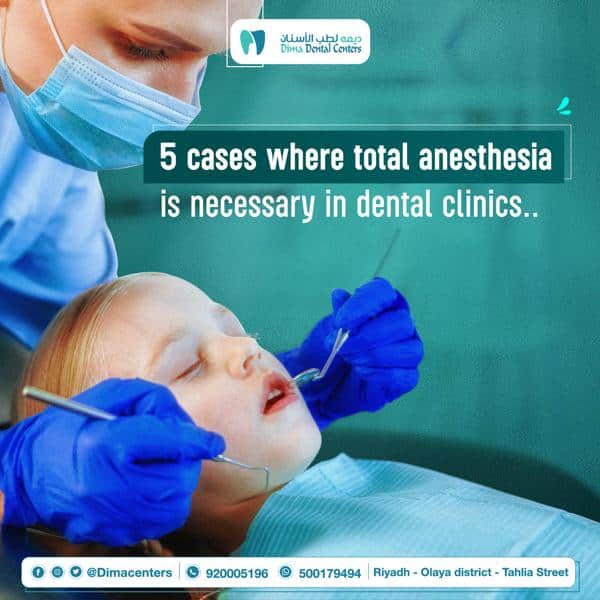One of the accidents that occur at the dentist: breaking of dental tools inside the patient’s mouth
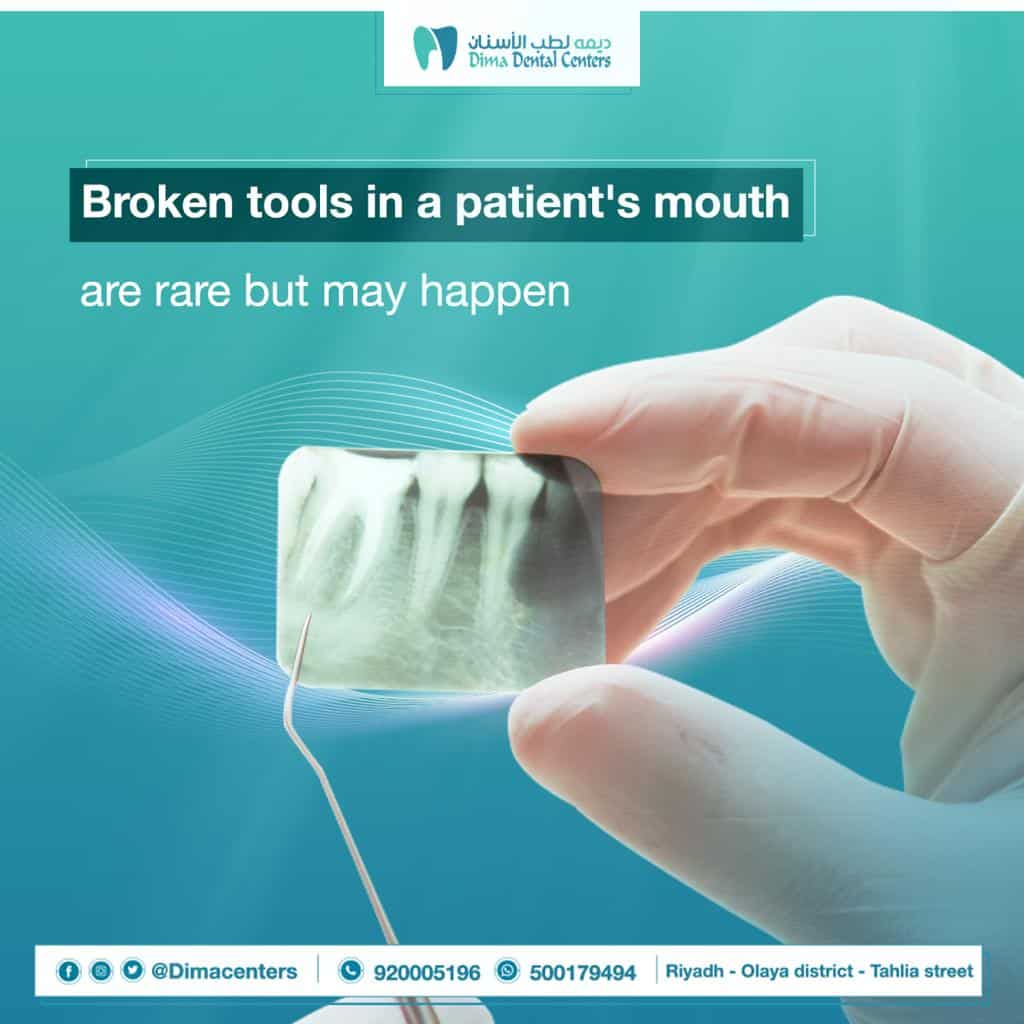
When surgery is needed to correct or treat a problem in the mouth, it is possible for the dentist, if he is not careful enough, to leave part of instrument in the patient’s jaw. In these cases, a dental malpractice claim may be filed, and the patient may request payment in full for both the problem and any subsequent treatments required to address it.
There is a chance for error when the surgery or treatment involves the use of equipment on the jawbone or inside the mouth. However, some of the most serious cases occur when tools are left inside places where they can contaminate or damage adjacent teeth or oral structures. Dental malpractice may be demonstrated if the dentist was unable to remove the instrument or was unaware that one of his or her working instruments had broken during treatment. The patient often needs to visit a different dentist or doctor to solve the problem, which raises costs. Dental Surgery Risks There are risks to patients during each dental procedure. You may not think about the possibility that the dentist failed to notice a broken instrument during treatment and carefully removed the broken component from the patient’s mouth.
Dental surgery risks
Dental malpractice can occur when a dentist inappropriately treats a patient, incorrectly timely diagnoses, or causes a patient injury. Dental malpractice can also be defined as the failure to recognize when the instrument broke and the failure to safely collect the broken part.
This type of dental neglect can occur no matter what operation is performed because all dental procedures use tools. Dental cleanings, fillings, root canals or dental caps, tooth extractions, bridges or implants are some of the most frequently performed dental procedures.
Routine procedures
Occasionally, dentist tools may break during a routine procedure such as tooth extraction. Sometimes the dentist has trouble locating the broken parts. Sometimes a professional is unaware of what happened. Some of the shattered pieces are so fine that a person may not notice the problem until infection or pain develops later. If left untreated, the problem may persist or worsen over time. In most cases, treatment with medication without addressing the root cause of the problem does not resolve the cause of these problems.
Severe damage to the mouth as a result of broken dental tools inside the patient’s mouth
The patient may suffer severe damage if broken instruments are left in the mouth. Often, nerve damage is enough to cause a person to seek medical or other dental care to find out what is wrong. The extraction process is often painful, but if something continues where it shouldn’t, the affected person may later experience throbbing pain that does not go away. The more time a person keeps the crushed object or object in their mouth, the more serious injury may occur. If the item sinks too far, it can be difficult to extract or even locate.
The patient often suffers additional damage to the mouth when no one realizes that a part of the instrument has been left in the patient’s mouth broken. Further damage may result in an inability to fully open the lips, taste anything if the taste buds are weak, and a severe infection. Infection is one of the most serious problems, along with nerve damage. A person may die if the infection is not treated in time. Infections that can cause mouth rot cause other problems, and more infections may spread near the site of infection, leading to long-term illness.
Behave in case of broken dental tools inside the patient’s mouth
Once the patient realizes the broken instrument, they have options to consider. He or she can talk to the same doctor or another dentist for removal if they want immediate treatment. The dental professional who performed the surgery can provide free care.
However, the patient may seek legal advice if prompt care is not available or if the dentist requires payment for error correction. After the attorney is involved and the case is developed, he or she can choose to settle out of court and present that option to the dentist.
If the patient is at least partially responsible for distracting the dentist while the instrument is in the mouth, the case may be difficult to establish. This may be the dentist’s defense to prove that full compensation is not always required when both parties are at fault. The broken dental instrument gets into the nerve, resulting in severe facial pain.
If one of the dental instruments that was used to extract a tooth breaks and traumatizes his lingual nerve, a severe and excruciating pain occurs in the face, all in the end because of the broken dental instrument that has been lodged in her gums for several months.
Risk of instrument breaking during root canal treatment
As with any medical treatments, problems are almost always possible with root canal treatment. Broken instruments are one of the risks involved in root canal treatment.
In order to remove the damaged tissue from the root canal and shape the canals into the correct shape, dentists use metal tools called files. These files are fragile because they have to be small. In rare cases, they may break and get into the canal. About 3% of all root canal procedures are thought to result in coil fractures. They are more likely to occur in teeth with unusually curved roots or very narrow canals; In these cases, your dentist may suggest that you seek treatment from a specialist in root canal treatment.
Broken coils do not harm the teeth or surrounding tissues on their own or in any other way. These days, stainless steel, nickel alloys, and titanium are the most commonly used materials for creating such coils. Both are completely stable metals and sterilized with proper medical grade sterilization. They don’t wear out or leak, just like a titanium dental implant or a metal knee replacement implant. However, the files may prevent further cleaning and/or disinfection of the canals during the root canal procedure.
Can we leave a broken coil inside patient mouth?
Depending on the size and position of the broken coil during treatment, we can either bypass it or retrieve it. In some cases, removing the coils may not be optimal for the long-term survival of the tooth because doing so may require removing the tooth structure, which can weaken the roots. Most of the time, the files will be included with the root fill material. A very small percentage of times, additional microsurgery may be required. If necessary, this can be done at a later time.
A damaged coil is unlikely to affect the long-term survival of the treated tooth. Most importantly, it is unlikely that an extraction will be necessary.



